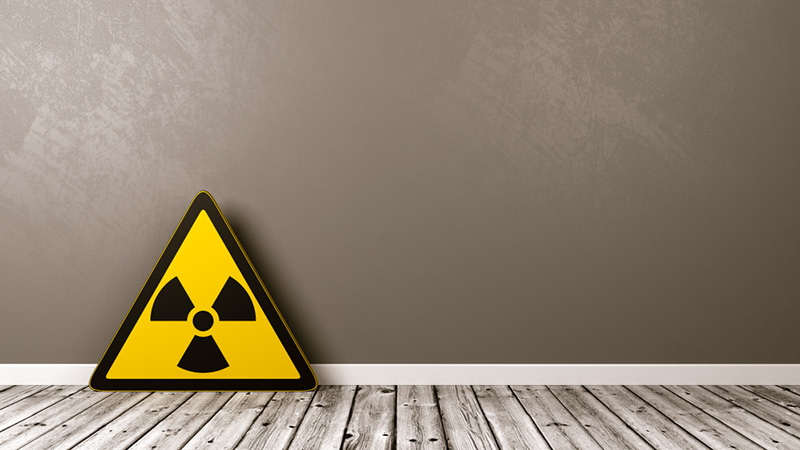Volume 32, Nº 6, November and December 2019
DOI: http://www.dx.doi.org/10.5935/2359-4802.20190051
VIEWPOINT
Challenges and Opportunities in the use of Ionizing Radiation for Cardiovascular Diseases
Fernando de Amorim Fernandes
Alair Augusto Sarmet Moreira Damas dos Santos
Anderson de Oliveira
Cláudio Tinoco Mesquita

Cardiovascular diseases are the leading cause of global death, accounting for 31% of deaths in 2015 according to the World Health Organization (WHO). Three-quarters of these deaths occurred in low- and middle-income countries.1 In Brazil, in 2011, there were approximately 350,000 deaths of cardiovascular origin, becoming the most important cause of death since the epidemiological transition of the 60’s.2 The diagnosis in the early stages and the management of more severe cases are among the most important methods in the fight against cardiovascular diseases. Imaging procedures with ionizing radiation has a major role in this area.
According to data from public outpatient health services of the Brazilian Unified Health System (SUS, Sistema Único de Saúde) (Figure 1),3 in the last 10 years, the number of procedures performed for evaluation of cardiovascular diseases using ionizing radiation has increased (73% in nuclear medicine, 18% in interventional radiology and 12% in cardiac catheterization), except for conventional radiology, in which a decreased has been seen (-58%). These numbers, however, underestimate the number of tests performed with the general population, since diagnostic methods such as coronary angiotomography have not been incorporated into the SUS yet, and the time for inclusion of new techniques to public health care is much higher than to supplementary health care.
Keywords: Cardiovascular Diseases/mortality; Nuclear Medicine; Diagnostic, Imaging;/methods; Nuclear Energy; Air Ionization/radiation effects; Radiation/protection.











